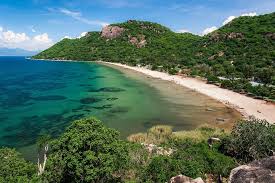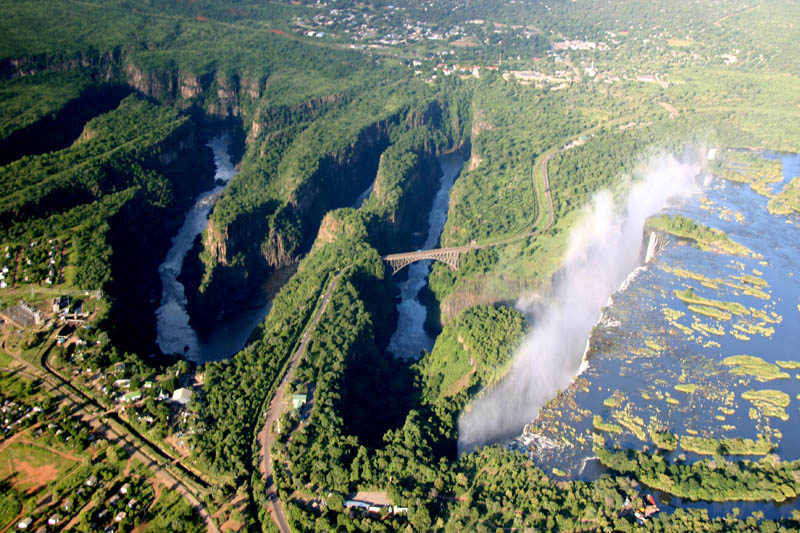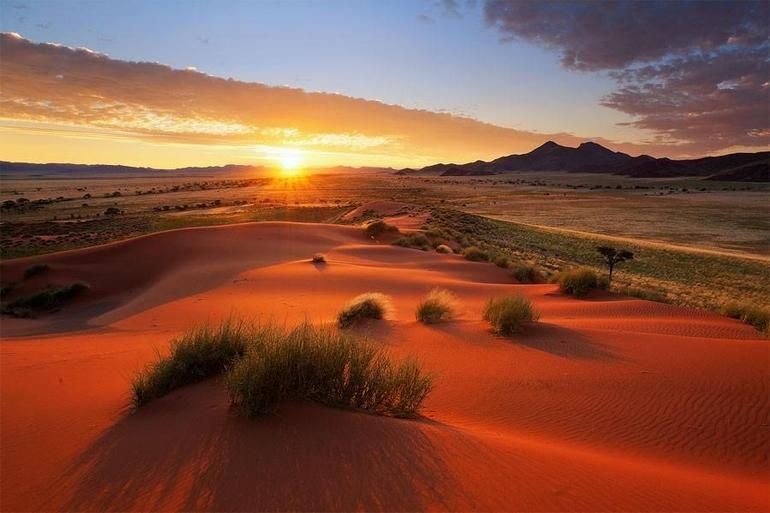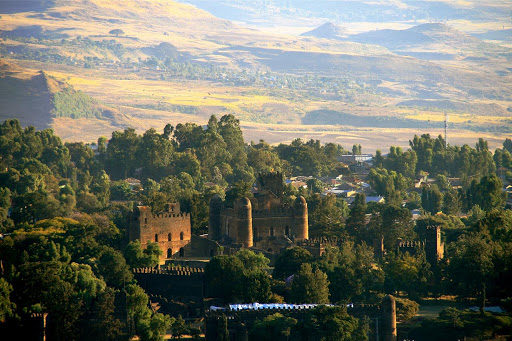Naturally, some countries have developed their tourism better than others and attract our attention and encourage us to visit them. Among them are Morocco, Egypt, South Africa, Kenya, and a few others that we have seen in countless photos. But what about those few underestimated countries that we barely hear? Is it worth spending our vacations in one of them?
Well, the answer is yes, they are worth it and they are all interesting and impressive in their own way. So I will share with you four underestimated countries that should be on your radar for your next trip to Africa.

You rarely hear about this small country, but it is one of the most peaceful nations you can visit. In Malawi, it is common to be the only tourist to enjoy nature or to discover the local culture. Malawi’s Mount Mulanje is the highest mountain in Central Africa, at over 9,800 feet. To the south, the Zomba Plateau rises to a height of 6,500 feet. To the north, Nyika National Park is the highest plateau in Central Africa and the largest national park in Malawi. It is home to a variety of wildlife including leopards, zebras, elephants, roan antelopes, moose, lions and spotted hyenas.
But probably the most impressive natural feature of the country is Lake Malawi, which is about the size of Belgium. The bay of Nkhata, a small port town on the lake, is the ideal place to relax in a lakeside hut. As relaxing and peaceful as it is, Nkhata Bay also has a lively craft market where you can find decorative bowls, masks, cribs, necklaces and traditional souvenirs.

Although Zimbabwe has experienced a turbulent government and a crumbling economy in recent decades, the country still retains many amazing natural and historical sites that will easily impress even the most seasoned traveler. Its most famous natural feature, Victoria Falls, is considered the world’s most beautiful curtain of water. The Matobo National Park, especially the Matobo Hills, is also worth a visit. It is composed of weathered granite blocks that are uniquely shaped and balanced by nature, creating famous characters (for the imagination) such as mother and child Kopje.
Namibia enjoys some of the most surreal landscapes in all of Africa, Sossusvlei, a salt and clay plateau surrounded by high red dunes, located in the Namib Desert in the Namib-Naukluft National Park. Here you will see a striking contrast, almost like in a painting by Dalí, of bright red dunes with a flat white slat and dead trees rising up everywhere. The Namib Desert also includes the highest dunes in the world and probably the most photographed dune in the world, Dune 45, a place that travelers prefer to climb to watch the sunrise.

A special place not to be missed is the ghost town of Kolmanskop. It was founded in the early 1900s when diamonds were found in the desert, but was abandoned 40 years later. Today it has been swallowed up by the desert, most of the buildings are already half sunk or completely covered by the dunes.
Namibia also offers a more “traditional” African experience with several hunting reserves, where you can observe the “Big 5” and other wildlife, or see the tribes of Damaraland, where you can learn about their culture and see the ancient rock art of Twyfelfontein.

Ethiopia is one of the most diverse and fascinating countries in all of Africa, yet somehow it has struggled to attract the attention of the Western world. If you travel to the different regions of the country, you will see how diverse Ethiopia is, feeling almost like any other country. To the north you will find the Danakil Depression, one of the deepest and hottest places on the planet, with active volcanoes, lava and beautiful salt plains. Towards the center you have the Highlands, a series of mountains dominating most of the country, and to the south you have the Omo Valley – home to dozens of tribes that are as impressive as they are diverse.
But just as you can visit several tribes and learn about their culture, hunting techniques, simple way of life and art, you can also see several pre-colonial monasteries and churches where Ethiopian Orthodox Christians still practice their religion. Among the most famous churches are the Lalibela Burial Churches, a series of churches that are still in use today.

Leave a Reply
You must be logged in to post a comment.